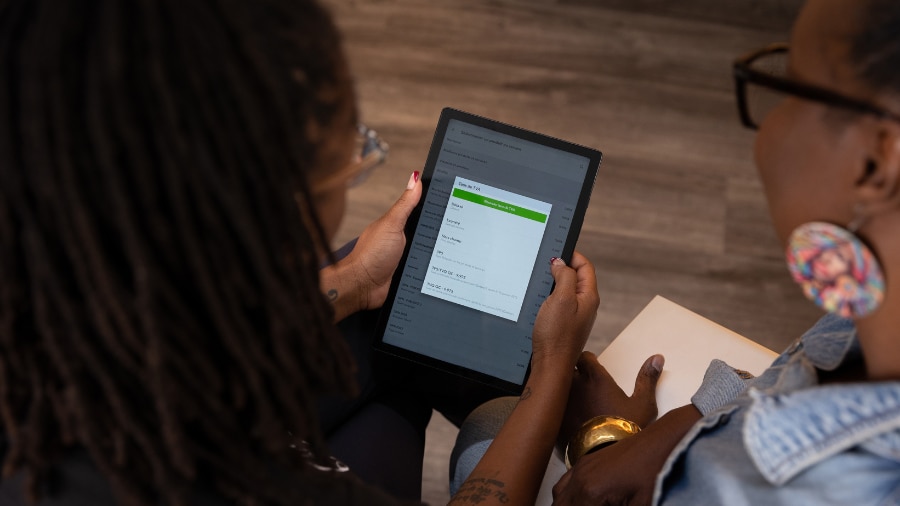As a small business owner or solopreneur, you have to take on many roles. Sometimes it means you’re the marketer, the salesperson, and the accountant. And when it comes to tax time, navigating how to register for and file your small business taxes can feel overwhelming.
If you’ve collected goods and services tax (GST) or harmonized sales tax (HST), you also need to complete and file a GST/HST return. Unsure what GST and HST means when it comes to your business tax return? Let us help you demystify it so you know how to calculate GST/HST and file an accurate GST/HST return.
If you are in Québec, visit Revenu Québec's website for, Filing GST/HST and QST return for more details.

